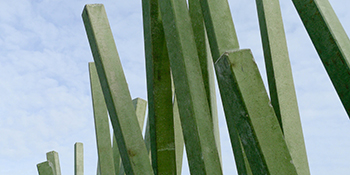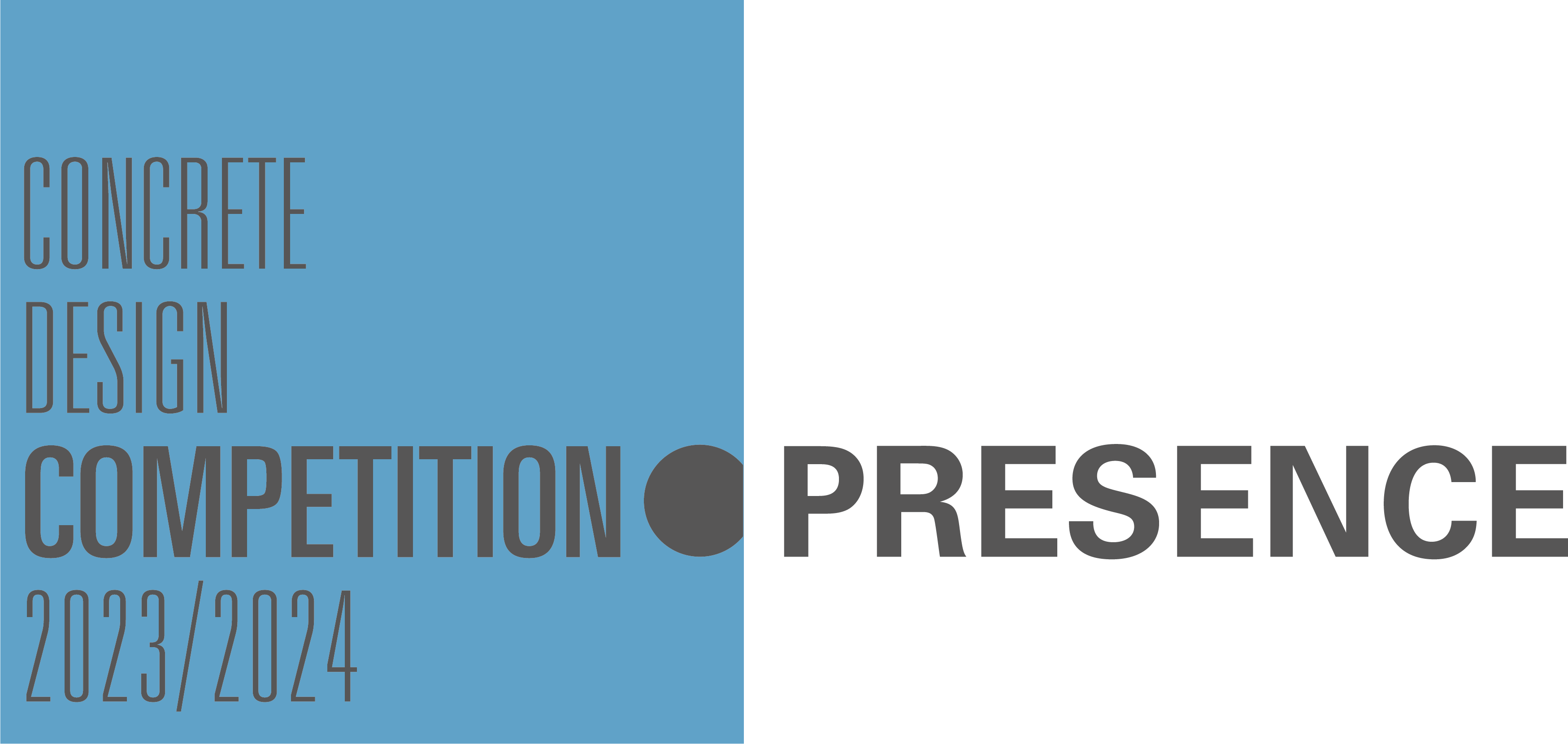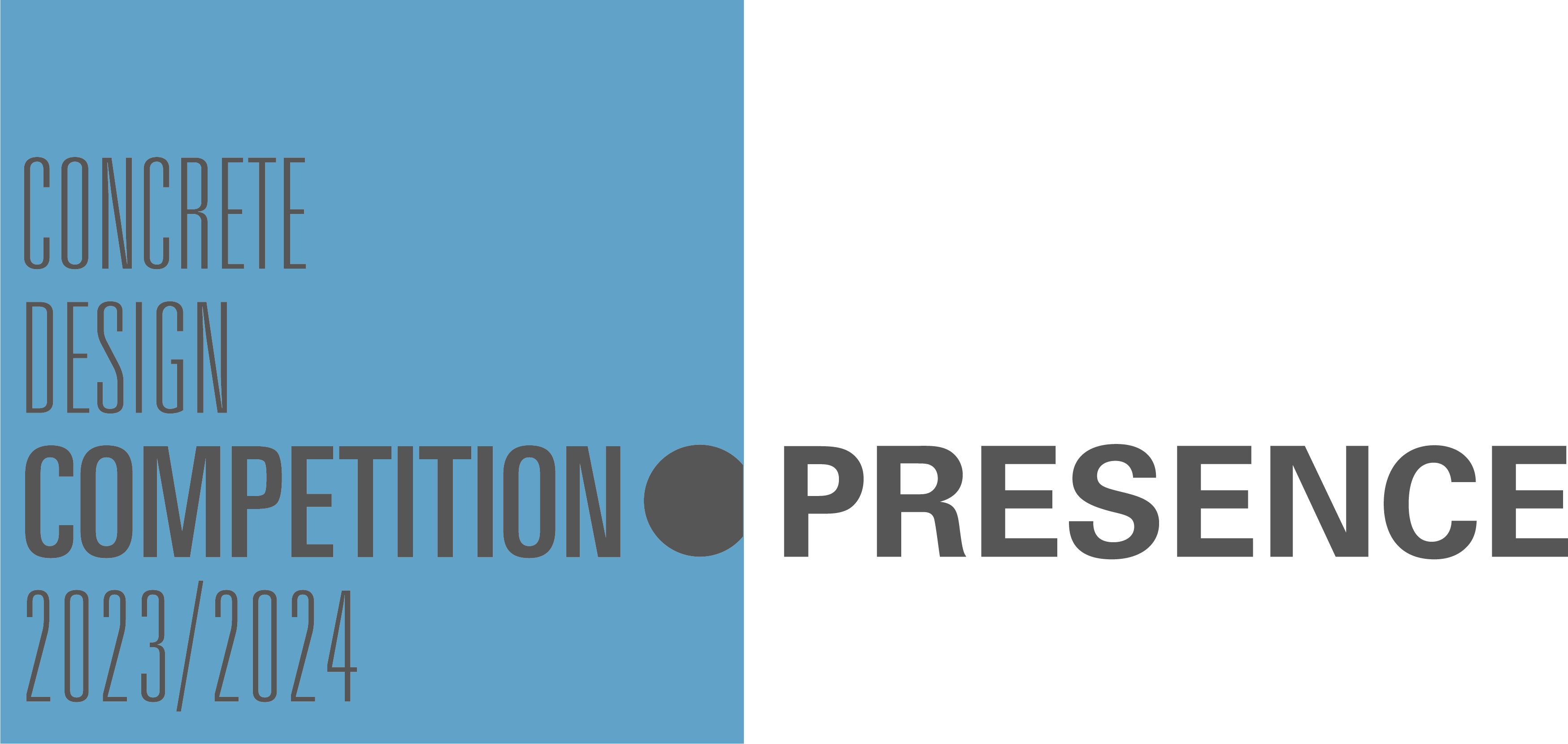We all ‘know’ concrete. It’s all around us. It is the world’s most used construction material. We are aware of most of its benefits, as well as most of its challenges. When following the current debates, one may argue that nowadays most materials are perceived and reviewed mainly in the light of their environmental impact. However, materials are much more than their respective functional and ecological qualities. Their – architectural – impact reaches beyond the capacity to carry loads or withstand forces, beyond the sheltering qualities of keeping wind and rain out or providing for a comfortable climate. It reaches even beyond architecture’s main objective of creating spaces in terms of square or cubic meters. The use of materials offers a designer the potential to create atmospheres and offer a greater palette of techniques and possibilities than the creation of volumes and spaces.
Concrete is a material that contains inherent characteristics setting it aside from other materials. It can be monolithically shaped in almost every form. It has a ‘sensible’ mass that can be felt by just standing beside an object. It offers an almost endless variety in terms of textures and tactility. All these appearances support the intended functionality with experiences of security, sacrality, awe, comfort, and so on.
If for instance one visits the Bruder Klaus Chapel by Peter Zumthor, or the Neues Museum by David Chipperfield, one feels the mass, experiences the heaviness, in such a way that it directly supports the purpose of the buildings themselves. Similarly the filigree façade on the MuCEM in Marseille by Rudy Ricciotti or the extreme thin shells by Heinz Isler support the structures through their sheer sense of lightness. There are bridges and infrastructures that through the form and dimensions of their concrete structures immediately makes their functionality clear and understood. Similarly, one can find examples of both interiors and exteriors, buildings, and public spaces that through the specific use of their material, convey and support their functionality as well as the architectural ambitions.
PRESENCE can be interpreted as how an object, a building, a bridge, a piece of furniture is perceived and experienced. How its material use supports its functional purpose. It can also be interpreted as a call to properly work with already existing structures. The ones that are already present, acknowledged heritage as much as those with hidden potential for reuse.
PRESENCE shows and informs the existence of an object. It escapes from interpretations as good or bad, beautiful, or ugly. When an object has presence, it simply is. There is no need to question why it is as it is. It is clear and understood. Timeless. Durable.
PRESENCE
The 11th Concrete Design Competition on PRESENCE asks students of architecture, design, and engineering to explore and exploit the potential of concrete’s properties with respect to any notion of PRESENCE. These can be related to inherent material properties, its production process, and to concrete’s application in new or existing structures. They may address aesthetic desires, structural systems or fabrication methods and comment on economic realities, sustainability demands or social issues. It can also be interpreted as a call to properly work with already existing structures. The ones that are already present, acknowledged heritage as much as those with hidden potential for reuse.
This competition asks for a wide range of ideas on how to use concrete. It does not prescribe a specific location or program; participants can choose a context of their own that supports their fascinations and ambitions and that fits an acute presentation of their ideas. Proposals may range from objects, furniture and architectural details to housing, landscape interventions, complex buildings, infrastructure, and structural systems.
Competition entries need to address technical and functional aspects as well as formal and programmatic ones – the ideas need to be tested through design proposals to convincingly demonstrate their potential. They will be reviewed on the combination of inventiveness in addressing the competition’s theme and architectural implications. Proposals should be clear on how concrete is deployed, as well as on why this is appropriate and beneficial.
The 11th Concrete Design Competition – PRESENCE runs in five European countries during the academic years 2022 – 2023 and 2023 – 2024. National laureates will be invited to participate in a weeklong international workshop facilitated by the industry’s expertise featuring renowned lecturers and critics, further exploring reimagining concrete.
ASSIGNMENT
[Oxford Dictionary of English] The state or fact of existing, occurring, or being present. > A person or thing that exists or is present in a place but is not seen. > have a strong and obvious effect or influence on others or on a situation. > The ability to remain calm and take quick, sensible action. – via Old French from Latin praesentia ‘being at hand’
[Chef’s Table Pizza, episode 1, Chris Bianco – Netflix; on making mozzarella] ‘I was stretching the curds. Watching them transform. And I was like, “How do we know when it’s done?” He was like, “When it smiles.” And that was it. I knew what he meant. There is just presence. Feels this way. It’s the moment in time where things come together. And sometimes there’s not a word for it other than, ‘It’s when it smiles”.
[Siebe Bakker in conversation with Valerio Olgiati] ‘I really want to make buildings that when you take a piece away than they break apart. And for this concrete is a very ideal material because you pour it. Concrete you can use on traction, you can use it on pressure, I’m talking about reinforced concrete. And with concrete you can do everything. You can make a plate; you can make a stick you can make a wall. You can make a roundish wall, you can make a cupola, you can make vaulted ceilings. You can make everything in concrete. You just pour it. It’s the best material to work on this idea of making one thing.
3D Concrete Printing test, Eindhoven NL
Saint-Gobain Weber Beamix
https://www.3d.weber
image source: bureaubakker
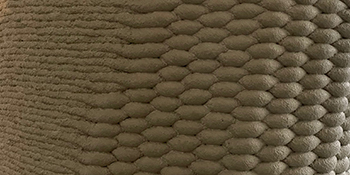
American Cement Building, Los Angeles US
DMJM architects
https://www.laconservancy.org/locations/american-cement-building-lofts
image source: bureaubakker
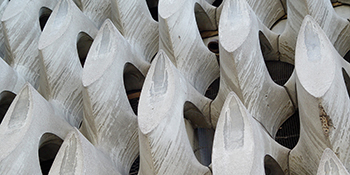
Atlantic Wall Bunker, Bray-Dunes FR
https://bunkersite.com/locations/france/n-calais/braydunes/bray.php
image source: bureaubakker
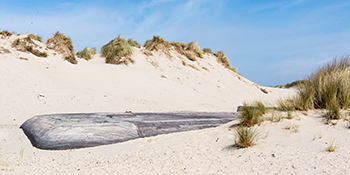
Bridge Project, Nijmegen NL
Michiel van der Kley
https://www.bridgeproject.nl
image source: bureaubakker
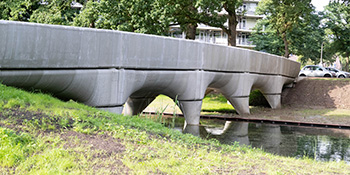
Bruder Klaus Field Chapel, Mechernich DE
Peter Zumthor
https://www.archdaily.com/106352/bruder-klaus-field-chapel-peter-zumthor
image source: bureaubakker
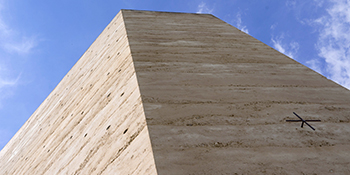
Campus Joachimstrasse, Berlin DE
David Chipperfield Architects
https://davidchipperfield.com/project/joachimstrasse
image source: bureaubakker
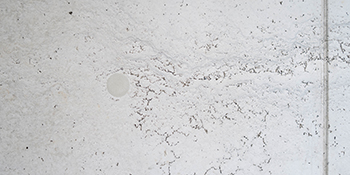
CBR, Brussels BE
Constantin Brodsky
https://www.admirable-facades.brussels/en/en-facades/cbr-building/
image source: bureaubakker
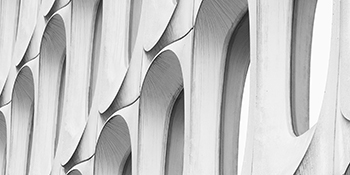
Chapel Our Lady of Kerselare, Oudenaarde, Kerselare BE
Juliaan Lampens
https://archixplore.com/en/chapel-kerselare-lampens/
image source: bureaubakker
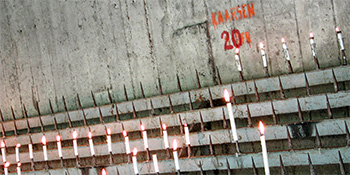
La Cité Radieuse, Marseille FR
Le Corbusier
https://en.wikipedia.org/wiki/Unité_d%27habitation
image source: bureaubakker
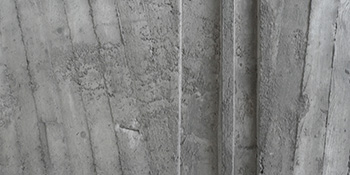
La Congiunta, Giornico CH
Peter Markli
http://www.hiddenarchitecture.net/2015/04/la-congiunta.html
image source: bureaubakker
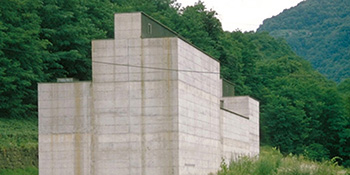
Kaiser-Wilhelm-Gedächtniskirche, Berlin DE
Egon Eiermann
https://en.wikipedia.org/wiki/Kaiser_Wilhelm_Memorial_Church
image source: bureaubakker
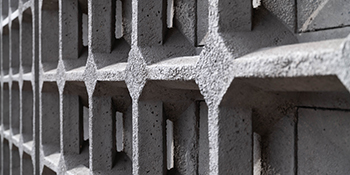
Kolumba Museum, Köln DE
Peter Zumthor
https://www.archdaily.com/72192/kolumba-musuem-peter-zumthor
image source: bureaubakker
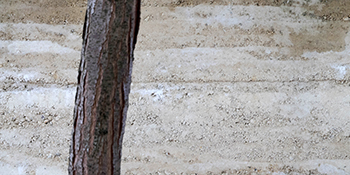
Lentloper Bridge, Nijmegen NL
Ney + Partners
https://ney.partners/project/bridge-de-lentloper/
image source: bureaubakker
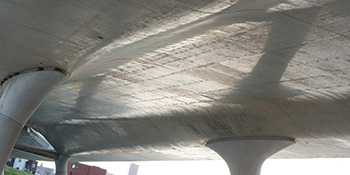
Het Lichtbaken, Rijssenhout NL
Claus & Kaan Architects
https://www.clausvanwageningen.nl/en/church-rijsenhout/1/
image source: bureaubakker
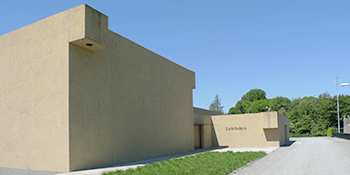
Memorial of the Murdered Jews of Europe, Berlin DE
Eisenman Architects
https://eisenmanarchitects.com/Berlin-Memorial-to-the-Murdered-Jews-of-Europe-2005
image source: bureaubakker
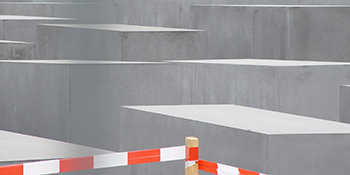
MPM, Hoegaarden BE
Fabien van Tomme
image source: bureaubakker
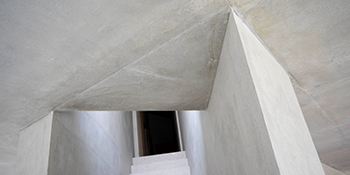
MuCEM, Marseille FR
Rudy Ricciotti Architecte
https://rudyricciotti.com/en/projets/mucem-museum-of-european-and-mediterranean-civilizations/
image source: bureaubakker
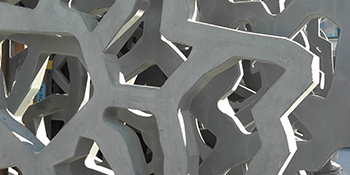
Neues Museum, Berlin DE
David Chipperfield Architects
https://davidchipperfield.com/project/neues_museum
image source: bureaubakker
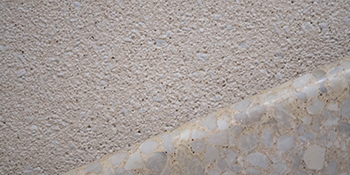
Nevigeser Wallfahrtsdom, Neviges DE
Gottfried Bohm
https://www.archinform.net/projekte/1266.htm
image source: bureaubakker
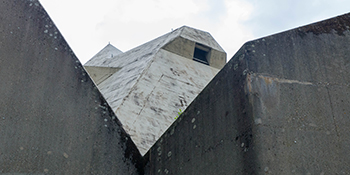
Nike Flagship Lincoln Road, Miami USA
Touzet Studio
https://www.touzetstudio.com/project/nike-flagship-lincoln-road
image source: touzetstudio.com
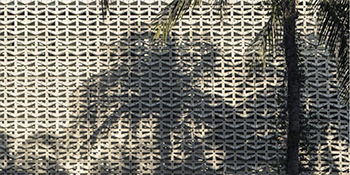
Nottingham Contemporary, Nottingham UK
Caruso St John Architects
https://carusostjohn.com/projects/nottingham-contemporary/
image source: bureaubakker
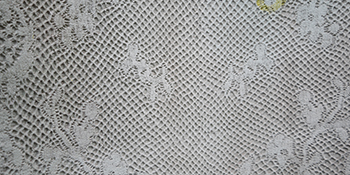
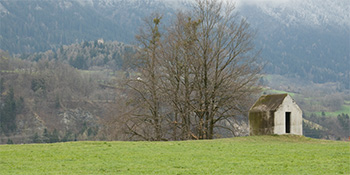
Pantheon, Rome IT
https://en.wikipedia.org/wiki/Pantheon,_Rome
source: bureaubakker
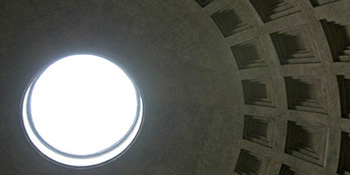
Phaeno Science Centre, Wolfsburg DE
Zaha Hadid Architects
http://www.zaha-hadid.com/architecture/phaeno-science-centre/
image source: bureaubakker
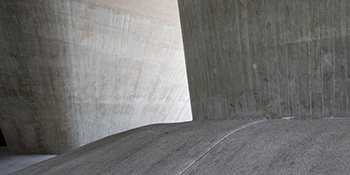
Plantahof Auditorium, Landquart CH
Valerio Olgiati
http://www.delood.com/architecture/plantahof-auditorium-valerio-olgiati
image source: bureaubakker
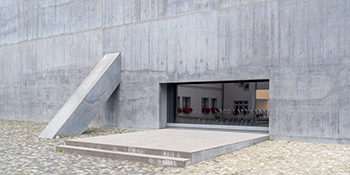
Portuguese National Pavilion, Lisbon PT
Alvaro Siza
https://www.archdaily.com/583307/ad-classics-expo-98-portuguese-national-pavilion-alvaro-siza
image source: bureaubakker
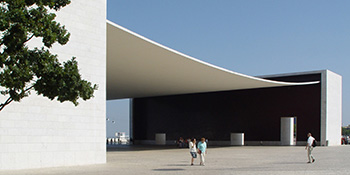
Project Milestone, Eindhoven NL
Houben / Van Mierlo
https://www.houbenvanmierlo.nl/werk/milestone/
image source: bureaubakker
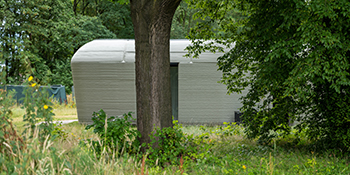
Rabat Salé Airport, Rabat MA
Zhor Jaidi Bensouda
https://www.ductal.com/en/rabat-sale-airport
image source: ductal.com
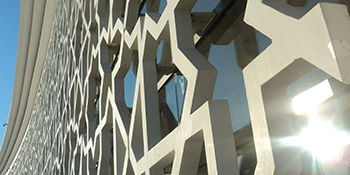
Ravencrete, NL
Experimental Concrete 2018, bureaubakker, Kim Degen & Byldis
https://betonhuis.nl/constructief-prefab/experimenteel-beton
image source: bureaubakker
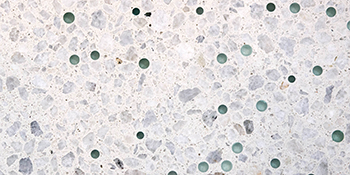
Rolex Learning Center, Lausanne CH
SANAA
https://www.epfl.ch/campus/visitors/buildings/rolex-learning-center/building/
image source: bureaubakker
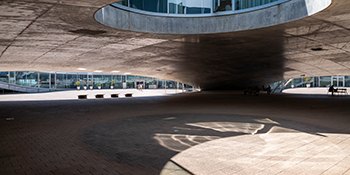
Sainte Bernadette de Banlay, Nevers FR
Claude Parent & Paul Virilio
https://en.wikiarquitectura.com/building/church-of-st-bernadette-in-banlay/
image source: bureaubakker
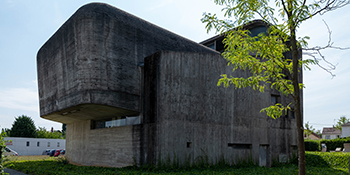
San Gimignano, Berlin DE
b+
https://bplus.xyz/projects/0154-san-gimignano-lichtenberg
image source: bureaubakker
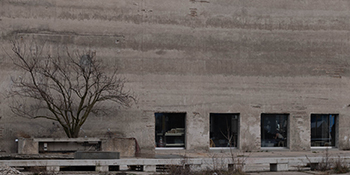
Shibboleth, London UK
Doris Salcedo
https://www.tate.org.uk/art/artworks/salcedo-shibboleth-i-p20334
image source: bureaubakker
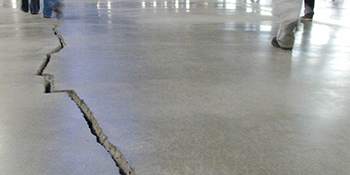
Swiss National Museum Extension, Zürich CH
Christ & Gantenbein
https://www.christgantenbein.com/projects/swiss-national-museum-extension
image source: bureaubakker
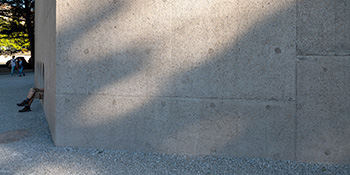
Water Tower, Ghlin BE
V+
https://www.vplus.org/water-tower-ghlin
image source: bureaubakker
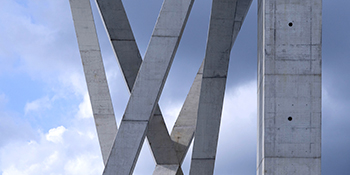
Waving Grass, Veldhoven NL
buro Staal / Christensen
https://www.staalchristensen.nl/2010/B/VEL_1/SC.html
image source: bureaubakker
